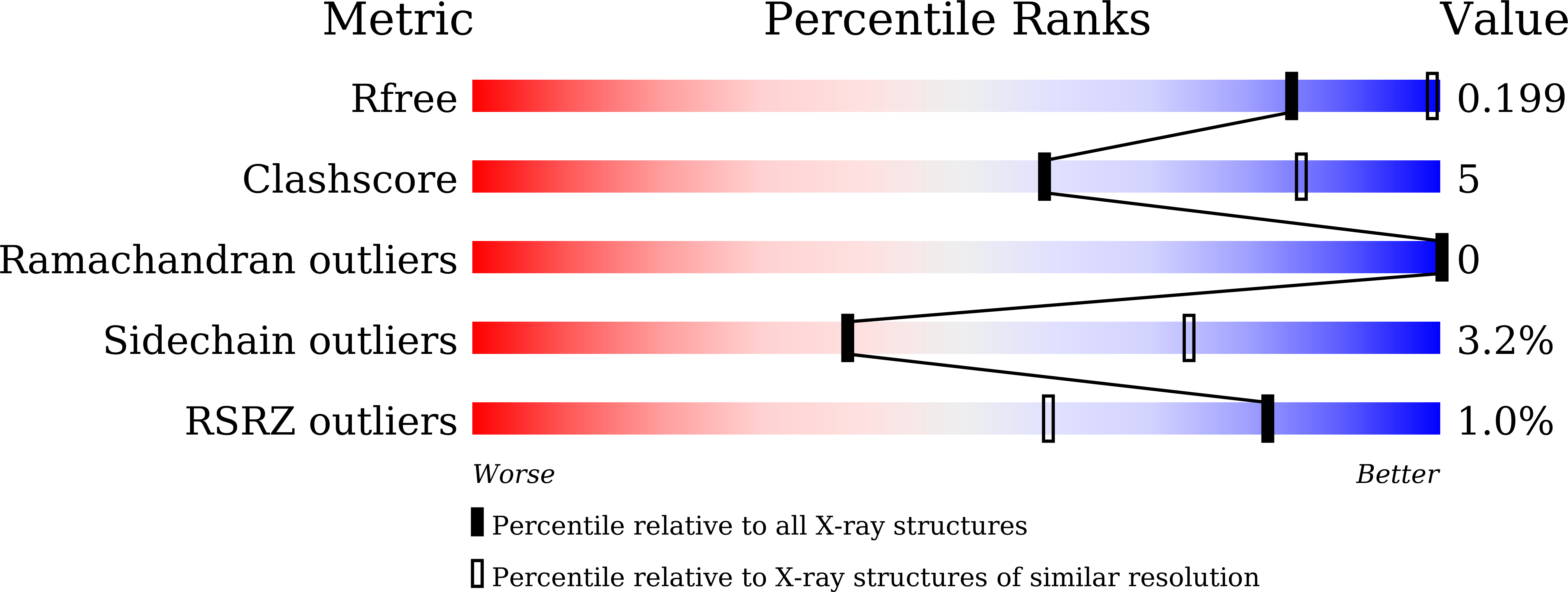
Deposition Date
2021-08-20
Release Date
2021-12-29
Last Version Date
2023-11-29
Method Details:
Experimental Method:
Resolution:
3.00 Å
R-Value Free:
0.20
R-Value Work:
0.16
R-Value Observed:
0.16
Space Group:
P 1


